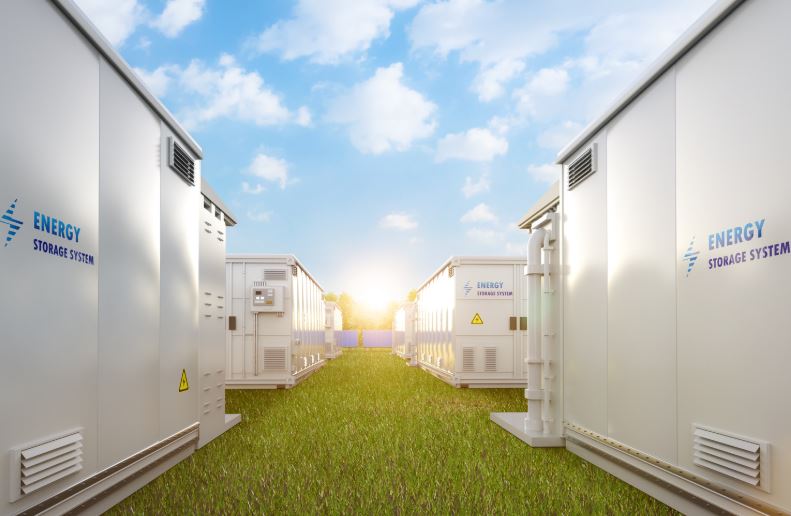In a significant move that underscores Europe’s strategic focus on battery production, a €2 billion lithium battery factory project has been initiated in Sines, Portugal.
This investment denotes the region’s latest effort to carve out a substantial share of the burgeoning global battery market, an area that garners intense interest due to its pivotal role in electric vehicle (EV) development and renewable energy storage.
Global demand for lithium-ion batteries has surged, with an estimated annual growth rate of 25% over the past five years, driven primarily by the transition to greener energy and transportation solutions. By 2030, the global battery market is projected to reach $95 billion, emphasizing the urgency for producers to ramp up capacity.
Europe’s current lag behind Asia in battery manufacturing capacity is a key challenge. The continent’s overall production capability is dwarfed by countries like China, which accounts for over 70% of global battery cell manufacturing. Europe’s share stands at a mere 6%, reflecting an urgent need for scaling production to meet both domestic consumption and export potential.
Continental Europe is poised to address this production deficit through several recent investments, including the Sines project, which is anticipated to create approximately 1,500 jobs. These efforts aim to bolster Europe’s battery manufacturing infrastructure, yet the region must contend with several critical issues: securing a consistent supply of raw materials, managing the environmental impact of production facilities, and ensuring technological competitiveness.
Securing raw materials like lithium and cobalt poses a formidable challenge. Europe’s dependency on mineral imports creates a vulnerability amid fluctuating trade dynamics and geopolitical tensions. Consequently, European manufacturers are increasingly looking at battery recycling as a viable solution, as recycling rates are expected to climb significantly by 2030. This process could potentially recover up to 95% of valuable materials from used batteries, thus providing a sustainable supply chain buffer.
Technological advancement is another cornerstone of Europe’s battery strategy. The region’s research efforts, bolstered by entities such as the European Battery Alliance, focus on enhancing battery performance, increasing charge times, and improving energy density to compete effectively with Asian counterparts. Investment in research and development exceeded €60 billion in the past decade, a testament to Europe’s long-term vision for sustainable battery production.
Despite these investments, concerns linger. Europe’s regulatory landscape, with stringent environmental standards, imposes higher costs on manufacturing, potentially limiting competitive pricing in a cost-sensitive market.
Stay updated on the latest in energy! Follow us on LinkedIn, Facebook, and X for real-time news and insights. Don’t miss out on exclusive interviews and webinars—subscribe to our YouTube channel today! Join our community and be part of the conversation shaping the future of energy.
